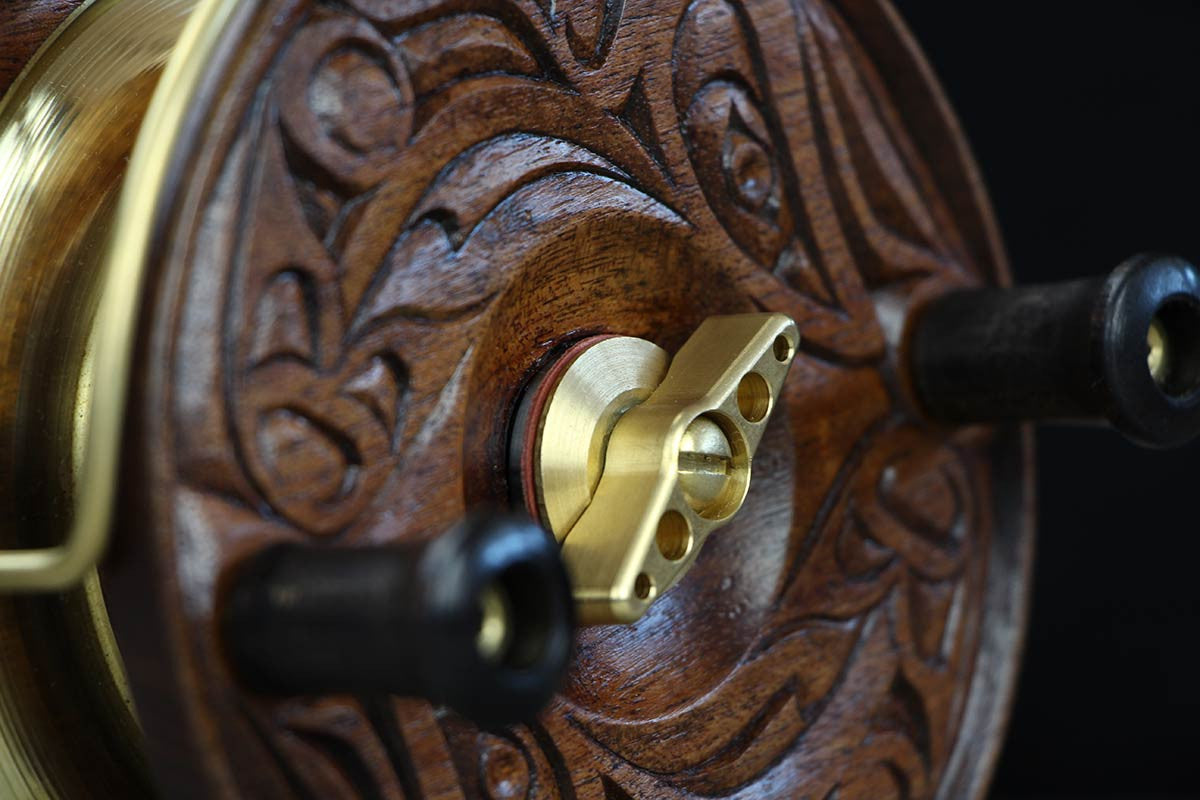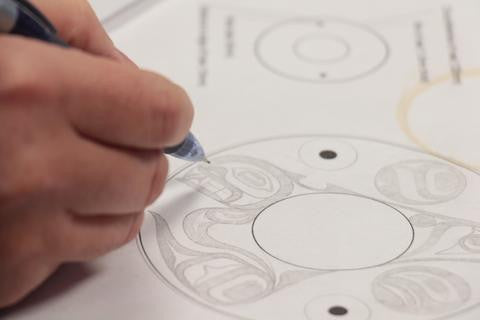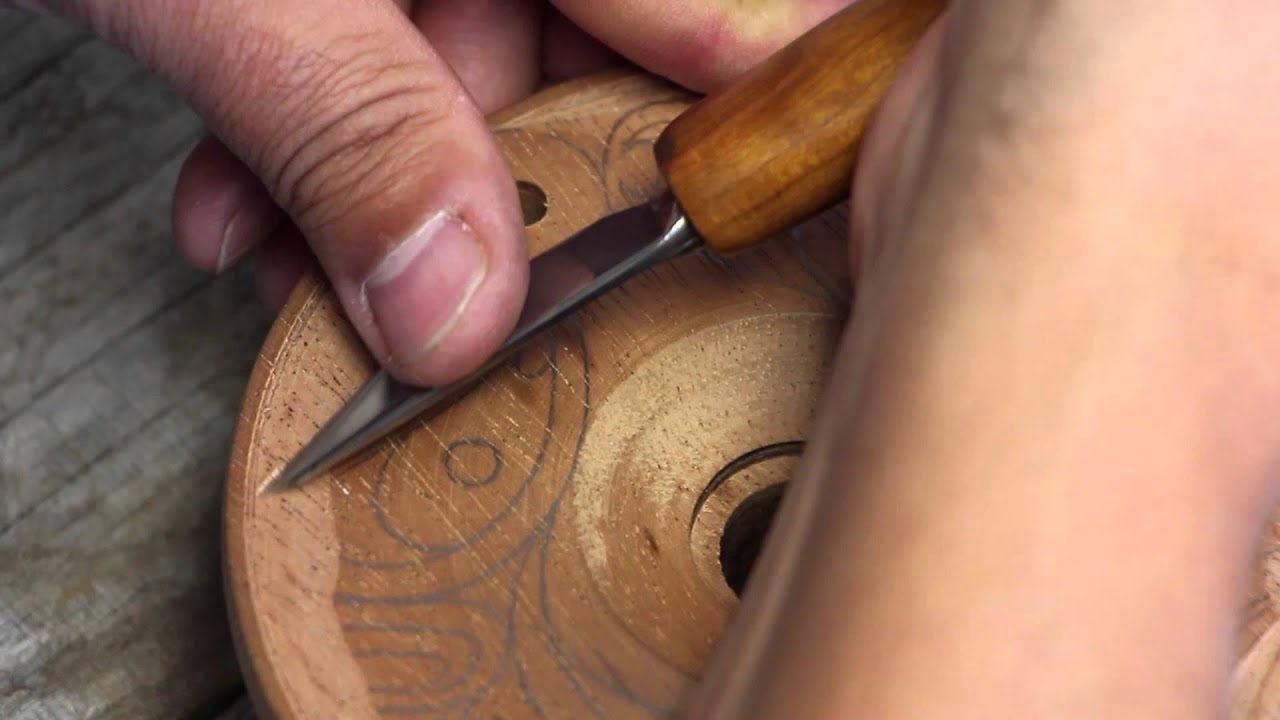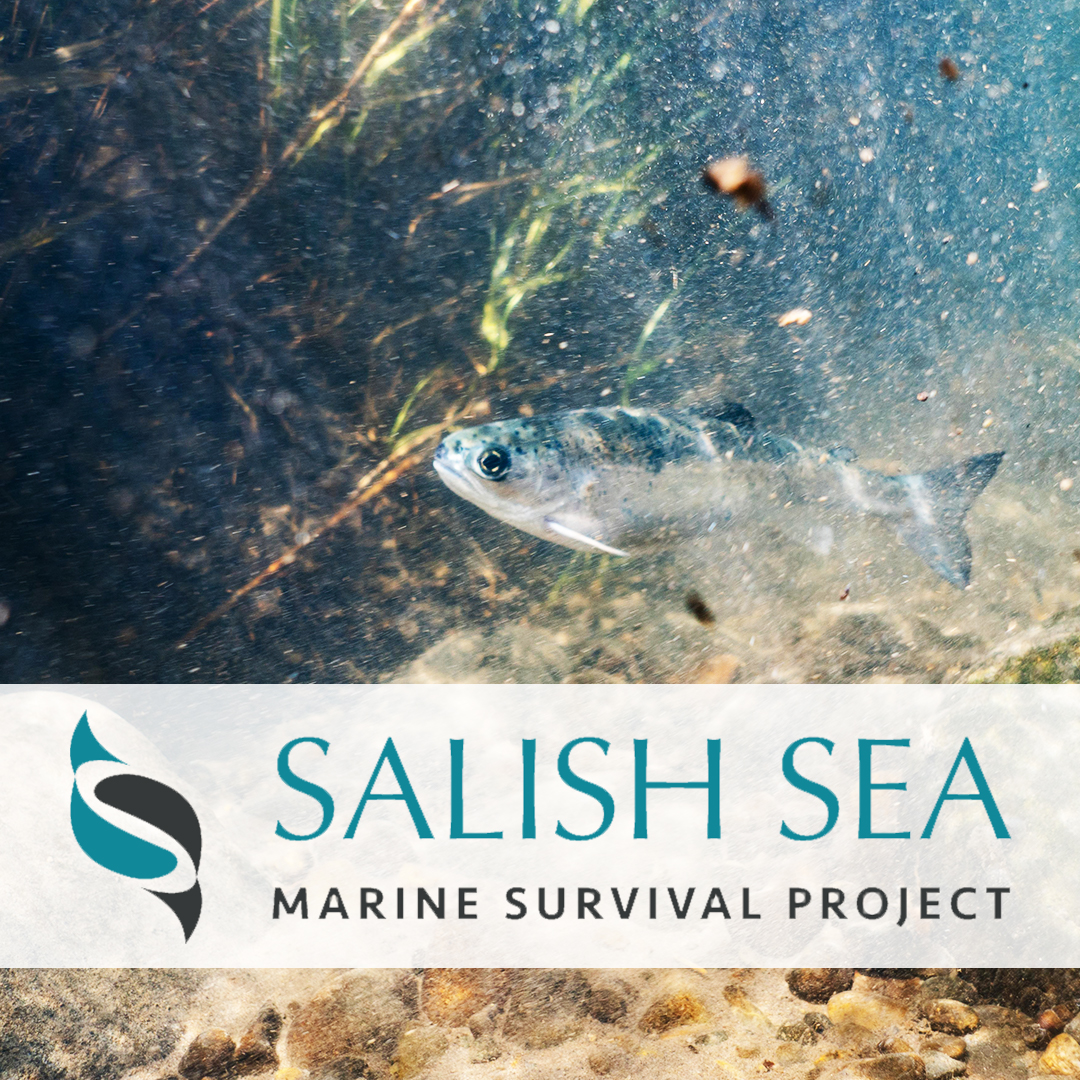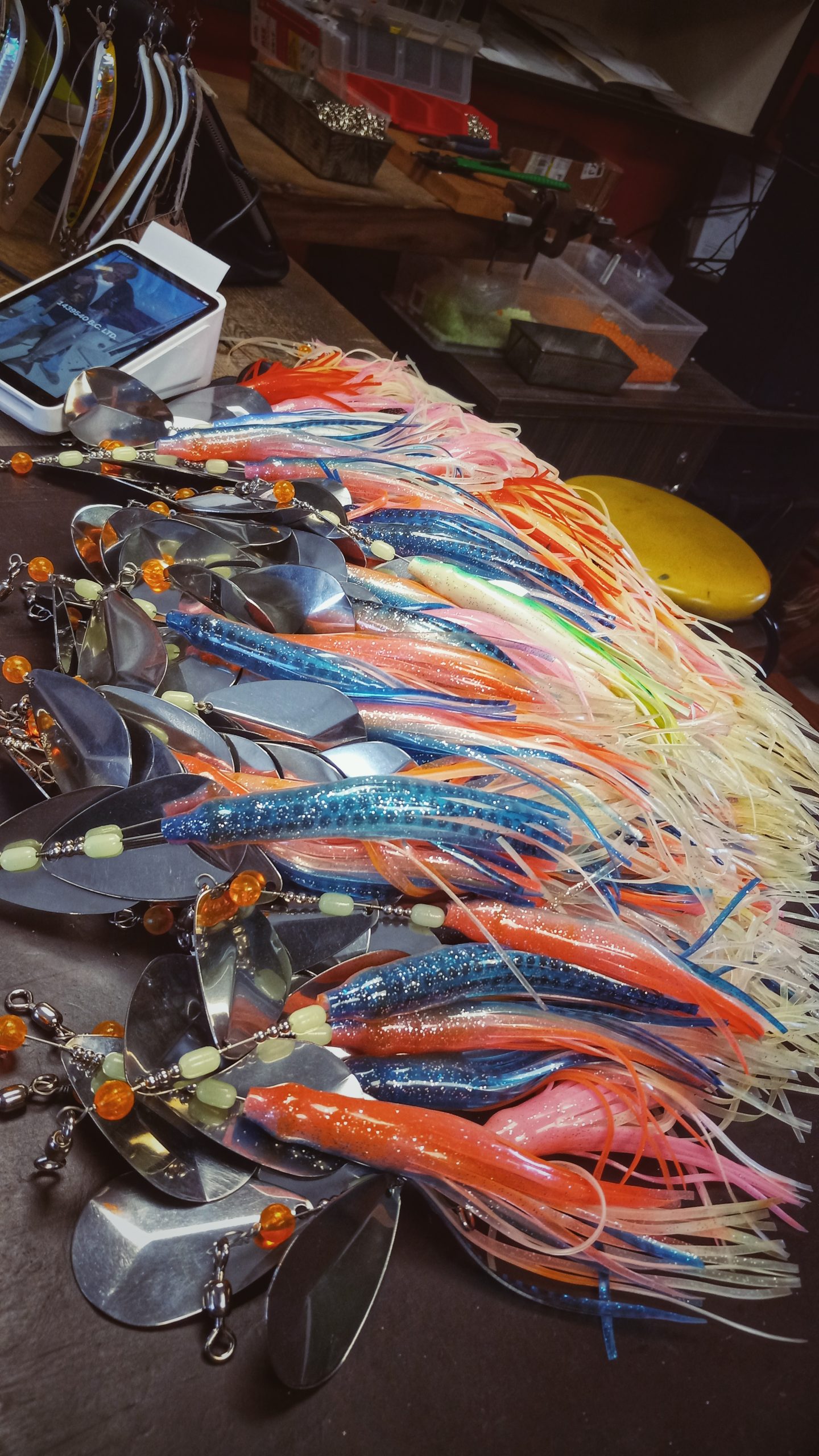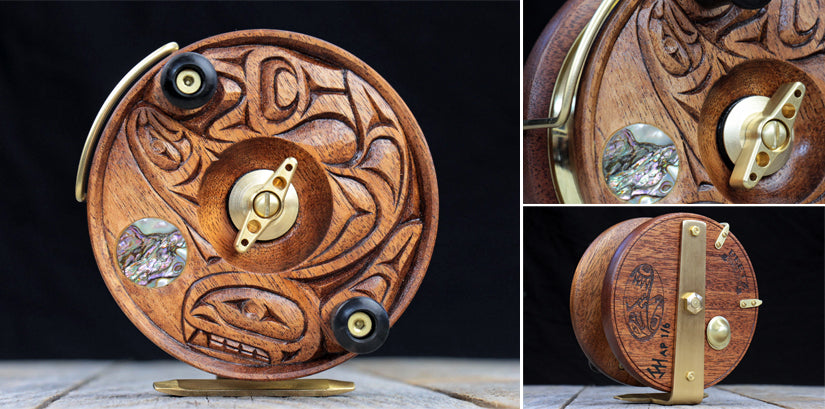Part 1: Flasher Materials and Size Selection
Welcome to PEETZ Outdoors’ 3-part series of blog articles aimed at demystifying the art of selecting flashers and dodgers for West Coast salmon fishing.
Flasher and lure combinations are the number one way to catch salmon on the West Coast. Get it right and you’ll catch more fish. The combination of the right size and the right colour and movement can create attraction and vibration that significantly increase your odds of getting hits. Choose right and set your gear up right and see for yourself.
[Photo]
Flasher Material Choices
There was a time when virtually all flashers/dodgers were made from stainless steel. From the early Pal dodgers to the oversized Luhr Jensen flashers, stainless steel was the flasher material of choice. However, over the years molded plastic became the dominant offering in the market. They were lighter, cheaper and available in a very wide range of colours and configurations. The standard 11” molded plastic flasher lasted pretty well although they didn’t look quite the same a year or two after being purchased. Regardless, they soon displaced the old market leaders and slowly became highly competitive, commoditized and inexpensive. Good value for fishermen.
[Photo]
Now under the theme of “what was once old is new again”, a recently released flasher from PEETZ designed in collaboration with AP Tackleworks has re-introduced a brand new line of stainless steel flashers called Stryke Zone. These flashers remind us of the reasons why they were once the first choice. Stainless steel is extremely thin which reduces the leading edge drag (1/32” thick versus plastics which are typically 1/8” thick) and also allows them to more quickly return to a neutral position when pulled sideways by a fish moving laterally. The design blends modern action with the inherent durability of stainless steel which also ensures they look much the same after many years of use. These flashers are available in both 7” and 10.5” sizes.
[Photo]
Flasher Size Selection
In the recent past, most people have been using 11” flashers as the go to solution. The majority of these have been injection molded plastic in a variety of colours with some combination of reflective tape and bold paints. We are also seeing more of these offered in a smaller size made from plastic in basically the same way as the larger ones. We like the trend to smaller for the obvious reasons around reduced drag and distraction when fighting fish. That said, the larger molded plastic flasher continues to dominate sales in this category. The weight is not really an issue and the extra amount of reflective tape on the larger flashers increases their visibility in the water. Manufacturers are pushing the smaller ones but it seems the market seems happy to stick with what they know.
[Photo]
With the recent release of the Stryke Zone flasher by PEETZ (designed in collaboration with AP Tackleworks) we are witnessing a renewed interest in stainless steel flashers again. This trend is occurring for a number of reasons noted above on the Flasher Material Choices section, but specific to this discussion, the smaller 7” flashers are far and away outselling the larger ones which is interesting. These new offerings are similar but different from the flashers and dodgers of yesteryear. They will behave like a flasher (full 360 degree rotation) when your troll speed is faster or when the distance between the flasher and the downrigger clip is shorter. If your speed is low and your leader to the flasher is longer, they will likely just dodge back and forth but not complete the circle. The above performance characteristics are truer with the 7” than they are with the 10.5” offerings. This is interesting as it makes them optimal for several types of fishing when used appropriately.
[Photo]
When deciding between a 7” or a 10.5” stainless steel flasher you have a couple of ways to look at things. We think the 7” is best for using “in line” between the rod and your lure/bait as it offers the lowest drag and creates less slack moments when they get sideways when a fish is fighting from side to side. We like this as it allows you to use the flashers in many different ways. The 10.5” is perfect for use as a dummy flasher (rigged by itself directly to the downrigger and about 5’ below towline with your lure.
[Photo]
A discussion on how to rig the flasher properly will soon follow.
Stay tuned for our upcoming articles on:
Flasher / Dodger Colour Combinations and Attracting the Right Species
Rigging Your Flasher (leader length, hoochie/spoon/bait and use of dummy flashers)
For more information visit www.peetzoutdoors.com.
Media Contact
Robert Van Pelt
President
PEETZ Outdoors – 1439540 B.C. Ltd.
robert@peetzoutdoors.com
Office: 250.383.5342

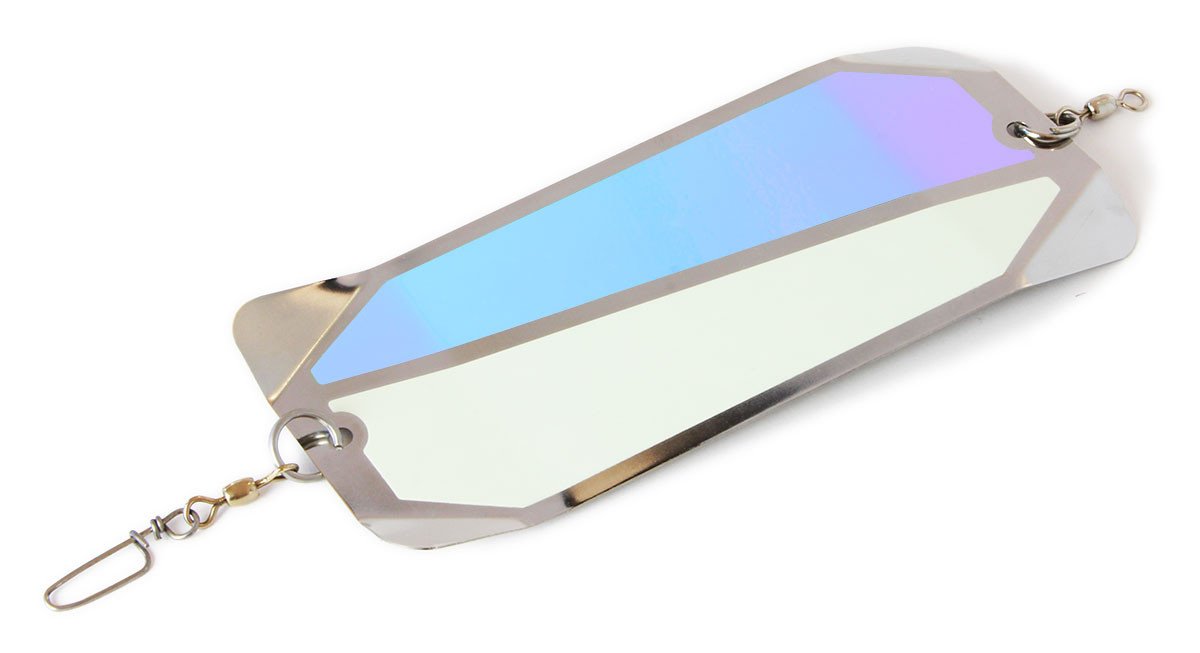
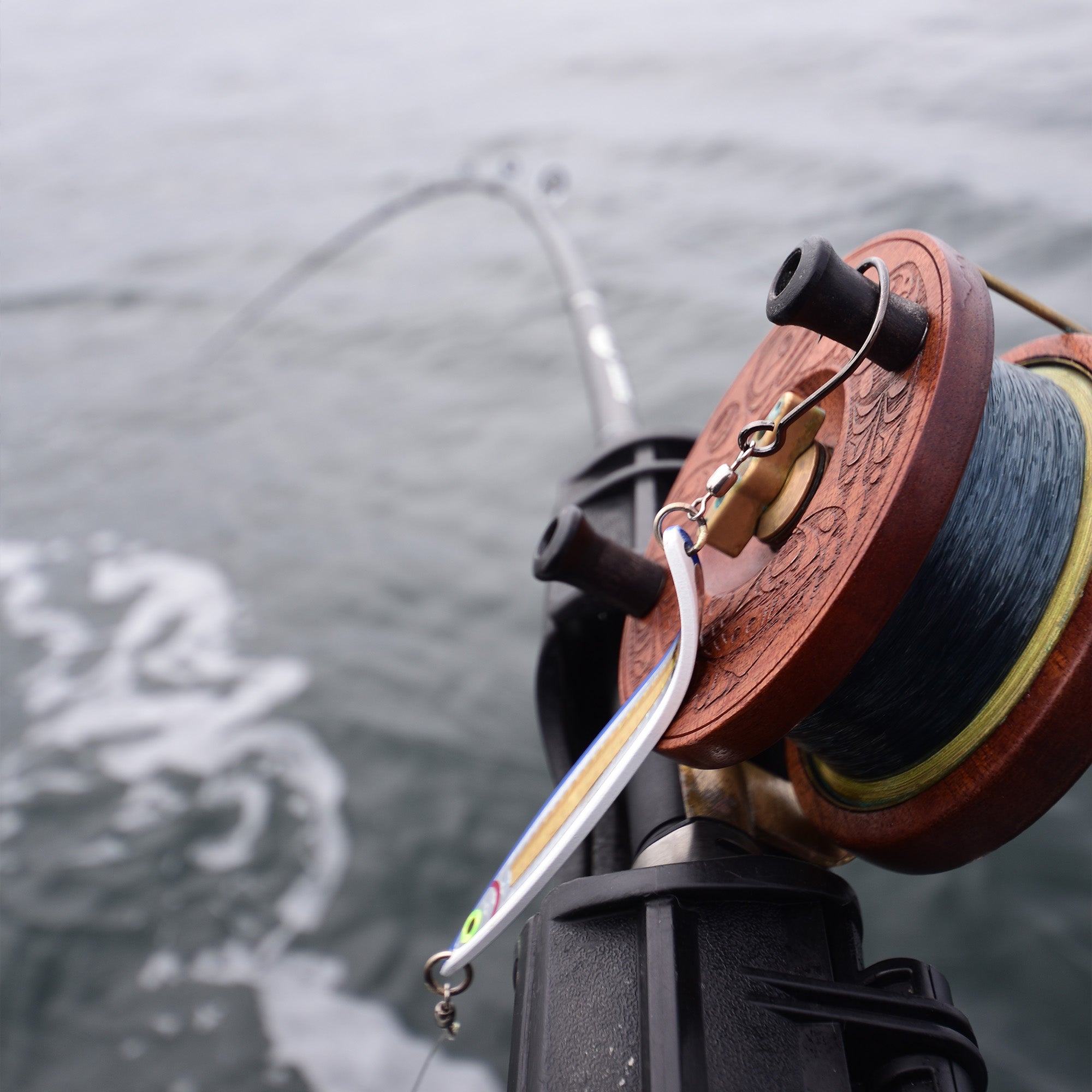
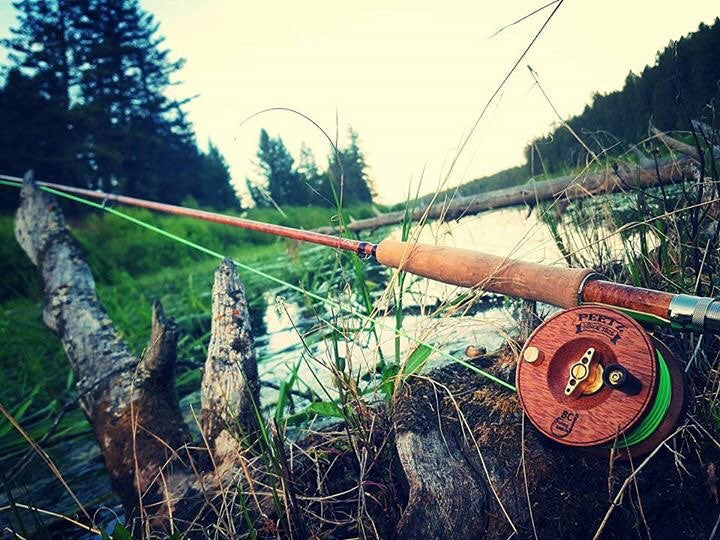

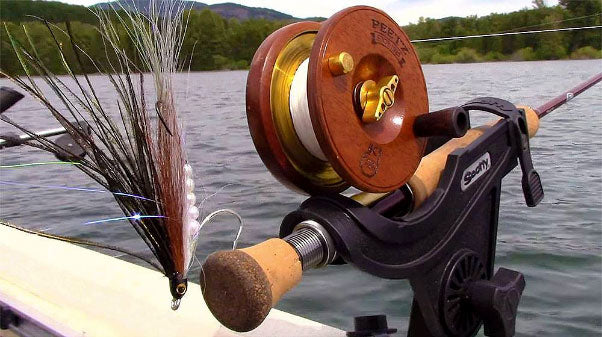
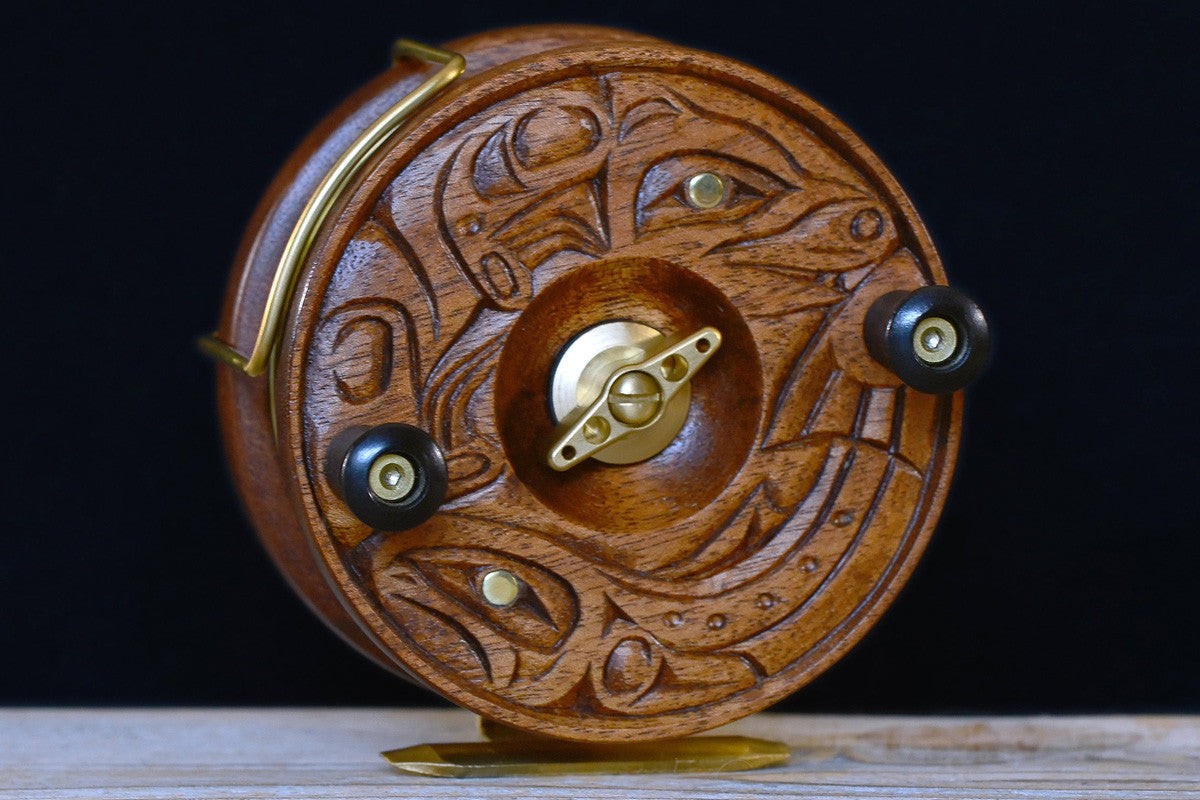
![Hookum "Pacific Brigade" Spoon [6-Pack]](https://peetzoutdoors.com/wp-content/uploads/2019/08/products-CookieMonster_Hookum-in-situ-1.jpg)

